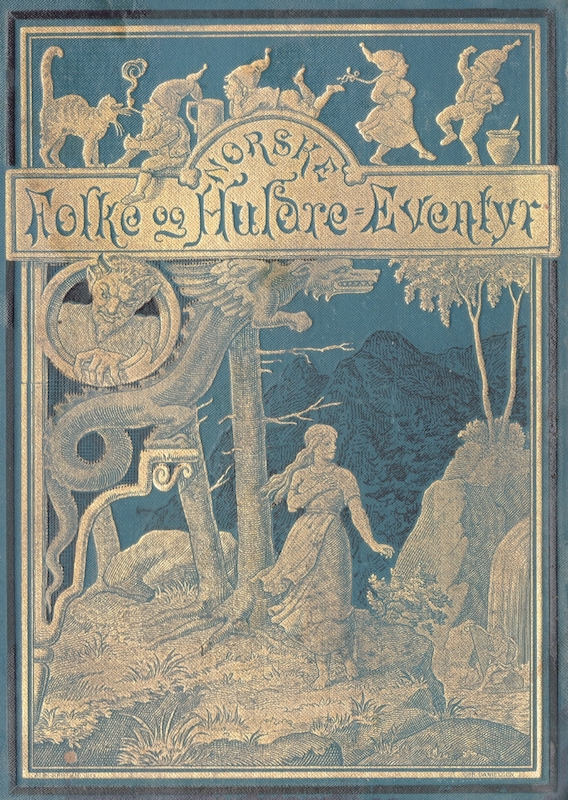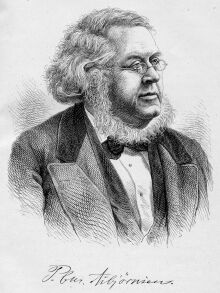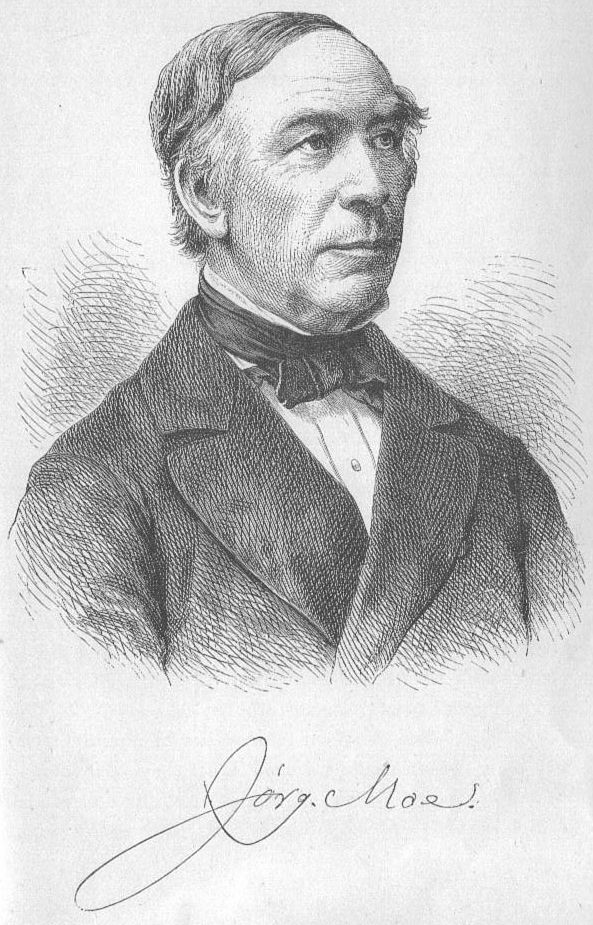Welcome to the Norse Tales Project
Research Question
When considering the Norse tales, our group decided to focus our research around the major characters and the perceptions regarding those characters. We wanted to examine how characters' actions and behviors could be understood, and how the reader's perception can differ from those of other character's in the stories. To quantify this, we developed a main research question with various sub-questions (listed later). Through these, we attempt to explore how characters are conveyed in their interactions throughout the Norse Tales.
Throughout the Norse Tales how do characters' actions/traits influence the reader's perception of them in their stories?
Background
Popular Tales from the Norse were originally compiled and written by Peter Christen Asbjørnsen and Jørgen Moe. Asbjørnsen, born 1812, was a zoologist that conducted investigative voyages along the coasts and fjords of Norway. Moe, born 1813, was a professor of theology and poet. The pair first met at Norderhov Rectory, where they attended highshcool. As early as the 1830s, Asbjørnsen and Moe discovered their mutual love for folklore, and began traveling different regions of Norway to collect and compile fairy tales.
In 1841, the duo first published the tales under the name Norske Folkeeventyr. Following Norway’s independence in 1814, the work was largely popular due to the country’s wave of nationalism in the 19th century. The tales are often cited as having great influence on the Norwegian language. At the time, Norwegian literature was heavily influenced by Danish, preventing it from gaining popularity on a national level. Meanwhile, the many dialects used to pass down these oral tales were much too localized. To solve this dilemma, Asbjørnsen and Moe utilized the simple language style used by Grimm when assembling their work. In 1859, George Webb Dasent, professor of English literature at King’s College London, translated these tales to English.


